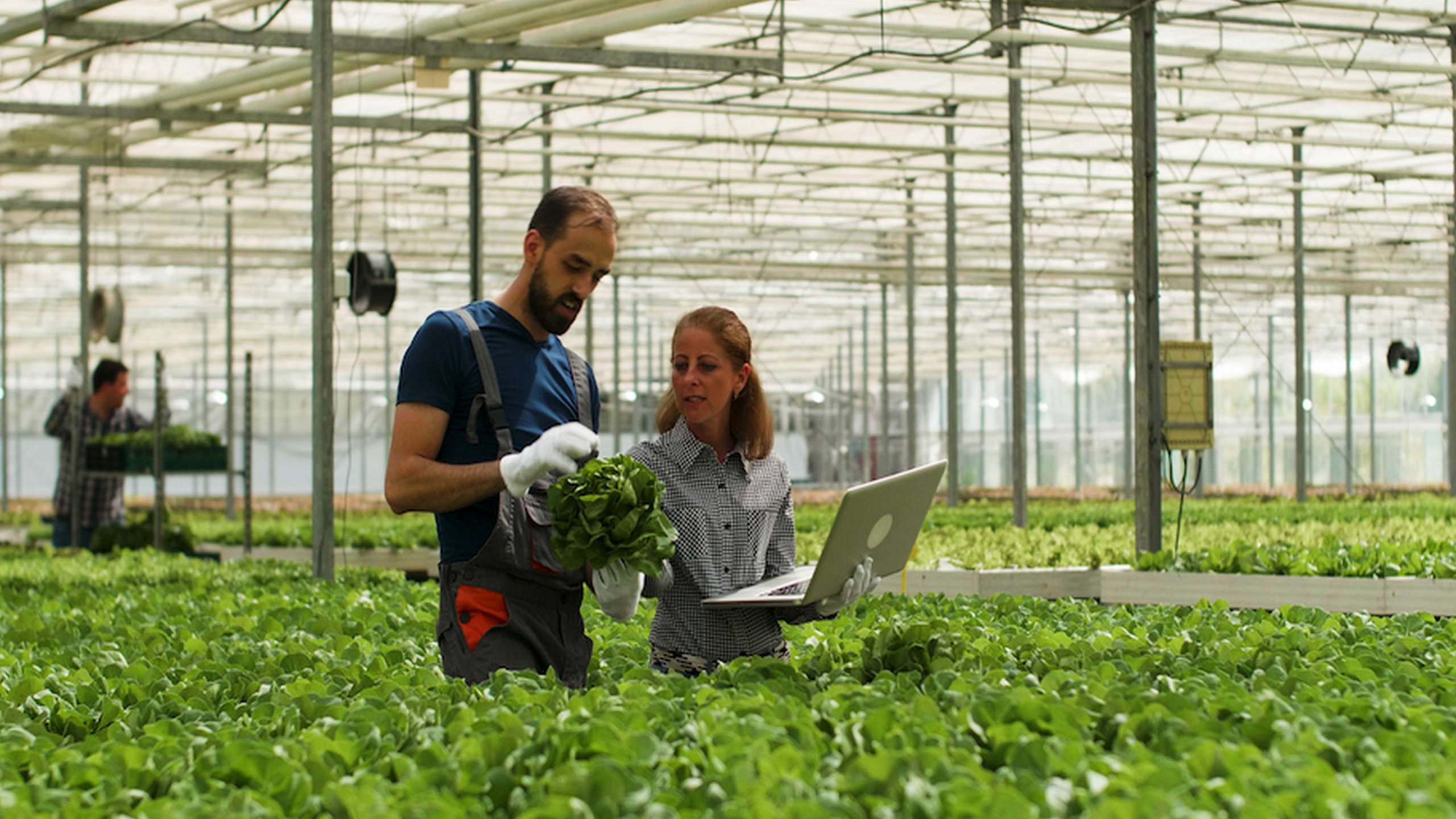 In a world where environmental consciousness is no longer a trend but a necessity, the fashion industry is grappling with the credibility of its sustainability claims. A staggering 60% of sustainability claims by European fashion giants were found to be misleading. Textile Exchange steps in with a groundbreaking solution: "A Guide to Credible Regenerative Agriculture Claims." This comprehensive resource aims to bridge the credibility gap in regenerative agriculture by defining clear guidelines for commitment, action, and performance claims. As brands and consumers demand transparency and authenticity, this guide serves as a beacon for those committed to driving real change in the industry.
In a world where environmental consciousness is no longer a trend but a necessity, the fashion industry is grappling with the credibility of its sustainability claims. A staggering 60% of sustainability claims by European fashion giants were found to be misleading. Textile Exchange steps in with a groundbreaking solution: "A Guide to Credible Regenerative Agriculture Claims." This comprehensive resource aims to bridge the credibility gap in regenerative agriculture by defining clear guidelines for commitment, action, and performance claims. As brands and consumers demand transparency and authenticity, this guide serves as a beacon for those committed to driving real change in the industry.
The Urgency of Credible Regenerative Agriculture Claims
The fashion industry is at a critical juncture where the credibility of sustainability claims, particularly in the realm of regenerative agriculture, is paramount. With over half of environmental claims being deemed insubstantial or misleading by the European Commission, there is a pressing need for clear and verifiable guidelines. Textile Exchange's "Guide to Credible Regenerative Agriculture Claims" emerges as a beacon of hope in this landscape, providing a structured framework for brands to communicate their commitment, actions, and outcomes in a transparent and credible manner. As consumers increasingly demand authenticity and accountability, the adoption of such guidelines becomes not just a choice but a strategic imperative for companies like H&M Group and Crocs to build trust and drive positive change.
Navigating the Complexity of Regenerative Agriculture Claims
One of the key challenges highlighted by Textile Exchange's guide is the increasing complexity associated with different types of regenerative agriculture claims. From commitment to action and performance claims, each necessitates a varying degree of evidence and verification. For instance, performance claims, which demonstrate measurable progress towards regenerative goals, require robust data and independent validation. This complexity underscores the importance for companies like H&M Group and Crocs to not only make claims but also substantiate them with clear, accurate, and relevant information to avoid falling into the pitfalls of greenwashing or greenhushing.
Building Consumer Trust Through Transparent Communication
In an era where consumer awareness and interest in sustainability are on the rise, transparent communication becomes a linchpin for building trust. By following the guidelines set forth by Textile Exchange, companies like H&M Group and Crocs can enhance their credibility and resonate with conscious consumers. The guide emphasizes the importance of providing descriptive language that clearly defines the meaning and scope of regenerative agriculture in claims, thereby avoiding ambiguity and confusion. This level of transparency not only safeguards against reputational risks but also fosters customer confidence in the authenticity of a brand's sustainability efforts.
Overcoming Industry Challenges for Widespread Adoption
Despite the potential benefits of regenerative agriculture for climate, nature, and society, its widespread adoption in the textile industry remains limited due to various challenges. Textile Exchange's guide acknowledges these hurdles and provides a roadmap for companies like H&M Group and Crocs to navigate them effectively. By addressing issues such as the lack of a universal definition, the risks of greenwashing, and the need for clear communication, the guide equips businesses with the tools to overcome barriers and drive systemic change towards more sustainable practices.
The Role of Stakeholder Collaboration in Promoting Regenerative Agriculture
A crucial aspect highlighted in Textile Exchange's guide is the importance of stakeholder collaboration in promoting regenerative agriculture. Companies like H&M Group and Crocs are encouraged to take a holistic approach by linking commitment claims to tangible actions and measurable outcomes. This not only ensures transparency but also fosters a collaborative ecosystem where brands, producers, and consumers work together towards a common goal of advancing regenerative systems. By aligning commitments with actions and outcomes, stakeholders can collectively drive positive change and accelerate the transition towards a more sustainable fashion industry.
Conclusion
The unveiling of Textile Exchange's "Guide to Credible Regenerative Agriculture Claims" marks a pivotal moment in the fashion industry's journey towards authenticity and transparency. As H&M Group and Crocs embrace these guidelines, they not only bolster their credibility but also ignite a collective movement towards sustainable practices. By prioritizing stakeholder collaboration, clear communication, and verifiable actions, brands can navigate the complexities of regenerative agriculture claims and build enduring trust with conscious consumers. Let this guide serve as a compass, guiding businesses to not just make claims but substantiate them with integrity, driving real change in the pursuit of a more sustainable future.